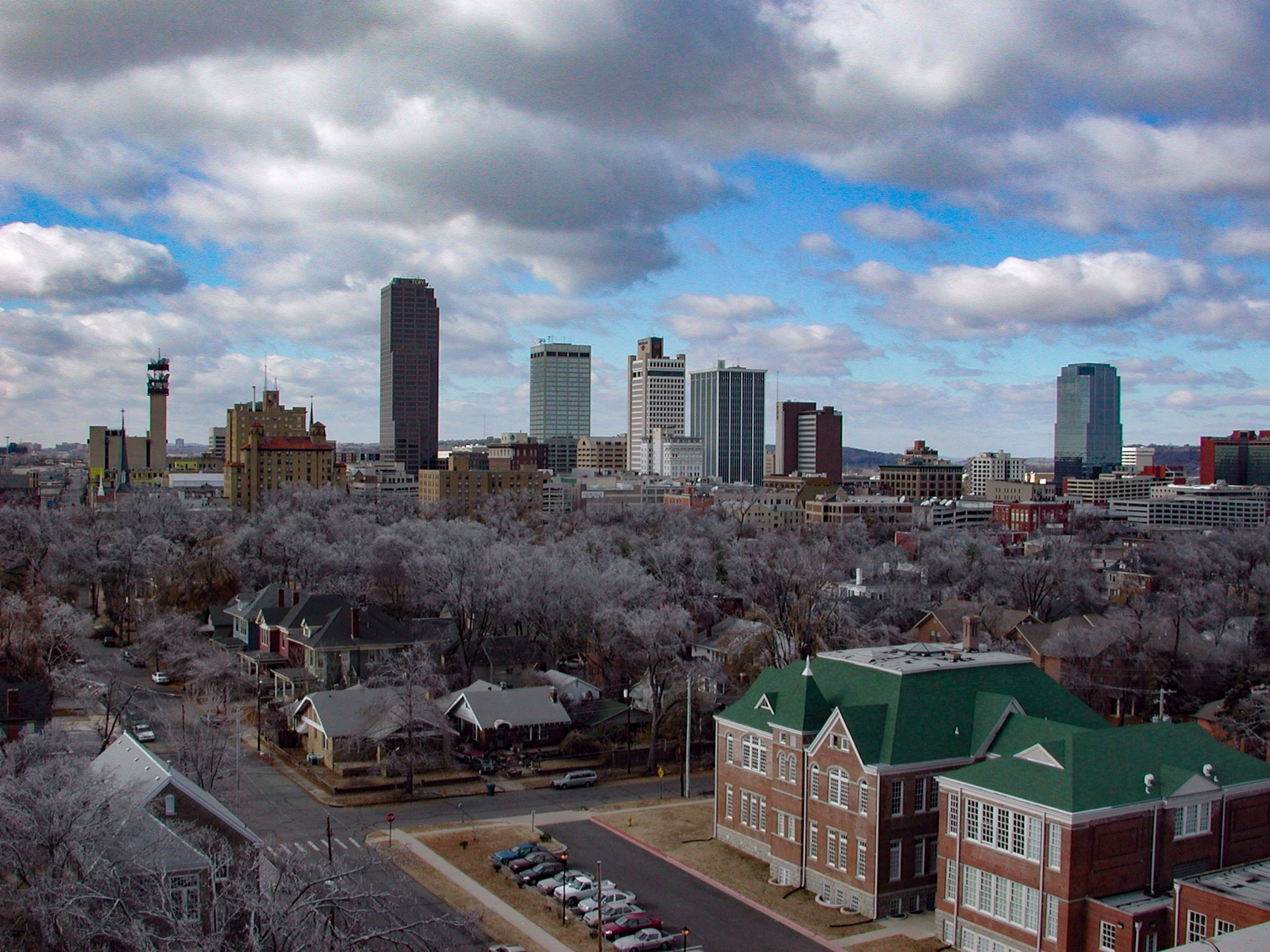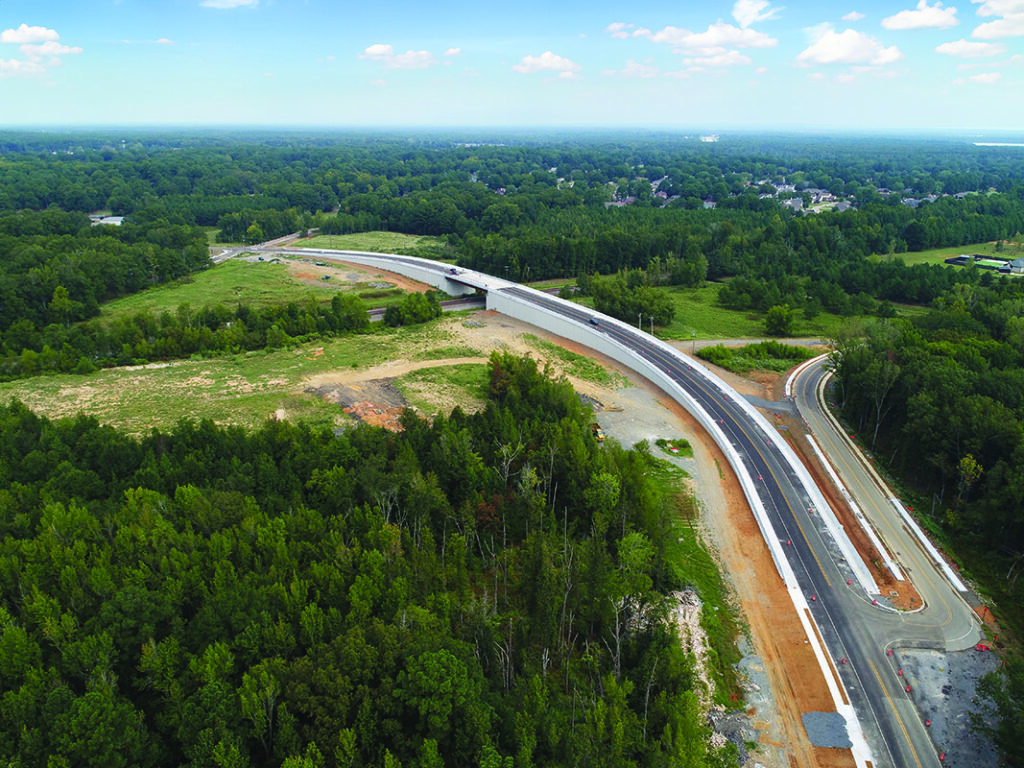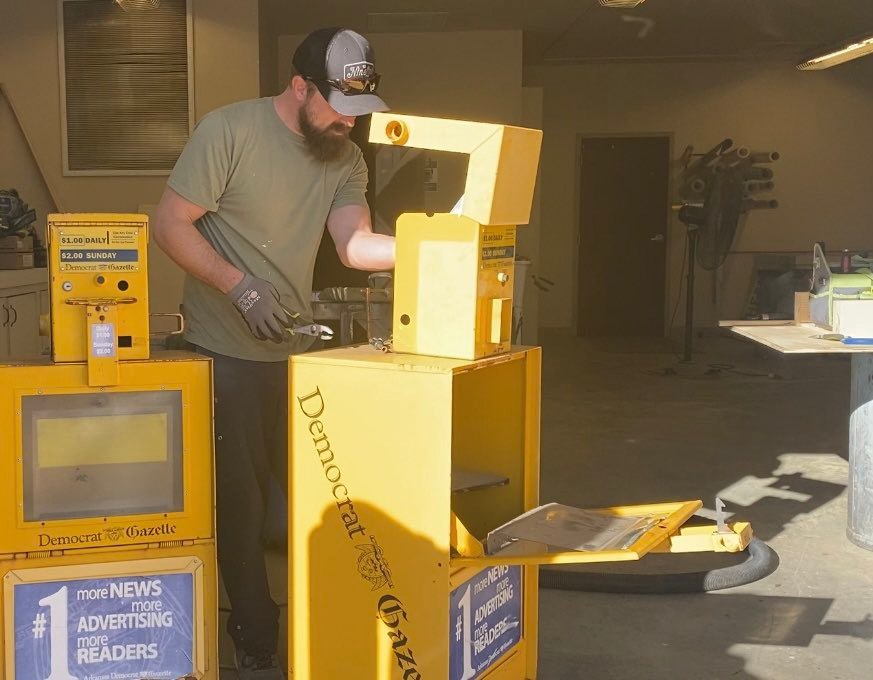As we enter a new year, the time is here to plan for the challenges ahead. Choosing the right challenge to address is not easy for cities. The best advice the planning profession can offer: First, fix the basics.
The basics vary from city to town. One may have utility systems on the verge of collapse. In another, crime may be on the rise, with businesses locking the front doors of their stores. In another, development may be occurring so fast that the current administrative system can’t keep pace.
Each city must decide.
There are, however, issues that confront almost all cities. One is the lack of workforce (i.e., affordable) housing. The U.S. Department of Housing and Urban Development defines affordable housing as housing for which the occupant pays no more than 30% of gross income for housing costs, including utilities.
Statewide statistics fail in analysis due to the wide differences in income by region. Stated simply, the HUD definition would imply that rental of a $1,000 per month, including utilities, would require a household income of nearly $3,500 per month or $42,000 per year. In terms of home ownership, that same income would allow the purchase of a $140,000 home.
The U.S. Census Bureau estimates that median household income in our state (in 2021 dollars) is $52,123. That suggests that half of the households in the state are limited to housing that costs less than $1,300 per month or so. The estimated median household for those 25 years of age and lower in our state is $31,919, suggesting a maximum housing cost of $800 per month. The disconnect is apparent.
The lack of such housing in high-growth areas increases commuter distances for workers. This worsens the situation for many as it requires a dependable vehicle in a state with limited public transportation. It can mean choosing gas to get to work or gas to warm the house in winter.
What can a city or town do in the face of the affordable housing shortage? First, it must accept the things over which the city has no or limited control. One is the cost of new housing construction. Various sources cite the cost of new single-family homes at a little less than $130 per square foot, or nearly $200,000 for a 1,500-square-foot home. Multi-family units will also be beyond the reach of many households. Cities, however, can’t control the market price of lumber or other building materials.
Cities command little power over the market or migration patterns. Older cities and towns established themselves primarily on trade routes and became seats of commerce. New households came to take advantage of economic opportunity. Today’s migration patterns reflect other impulses.
Cities and towns don’t control the minimum safety and health standards required in new housing. That control is exercised by the Arkansas Fire Prevention Code and the HUD manufactured home standards. Reducing permit fees required to enforce these standards doesn’t deal with the problem but rather adds to it.
Cities face federal mandates such as asbestos abatement and the Americans With Disabilities Act. These are justified but add to the cost of construction.
Cities and towns face odd and extraordinary phenomena such as natural disasters that destroy housing stock.
Cities can’t control public sentiment very much. It creates resistance, sometimes from powerful political sources, to the development of new housing development aimed at the workforce population cohort.
This leaves cities and towns with little more than the design of zoning and development regulations with which to address the provision of more affordable housing. Ideas include the following.
Lot sizes
Surveyors of many older cities in our state laid out the original city in 25-foot lots. In light of that standard, many older zoning codes opted for minimum lot widths of 50 feet. (Do the math.) Over the years, this provision rose to a common minimum of 60 feet, resulting in nonconforming lots. In many cities, the minimum is greater. A visit to cities in the northern part of the country suggests that a city might leave this provision to the developer who must succeed or fail by meeting the market demand.
Accessory dwelling units
Many older Americans grew up in cities where garage apartments and “in-law” units were common. Somewhere in our urban development process, these became unwelcome and disallowed. In many cities and towns, such dwellings are making a return inspired by “the good old days.”
Infill development
This represents making productive use of vacant property within the city. In many cases up to 35%, sometimes more, of property within a city lies vacant. Some is not suitable for development, but much is. Vacant lots exist for a number of reasons, which can include restrictive zoning regulations that prohibit profitable development for housing.
Developing infill property usually places no additional burden on maintaining city services as the parcels already receive services but offer no public return. One Arkansas city amended its planned unit development (PUD) regulations to allow small-scale PUDs. This has resulted in land that otherwise would have remained vacant being developed for additional homes.
Flexible zoning
Almost all cities place the single-family housing unit in an exalted and protected category. By default, residential land is zoned for single-family only. Development at higher density requires rezoning which results in controversy and, often, in denial of the proposal. Cities are beginning to experiment with eliminating “single-family-only” residential districts.
Adaptive reuse
A term much favored by our architect friends, it means the reuse of empty buildings for new purposes. This includes buildings of all types. In 2014, for example, The Economist estimated that the U.S. government owned about 45,000 underused, abandoned or functionally obsolete structures.
As this piece was written, a developer announced plans to convert two Little Rock buildings, the former AT&T building at 1111 W. Capitol Avenue and the former Veterans Health Administration hospital at 300 E. Roosevelt Road, into apartments. Though not specifically intended as affordable housing, the development could contribute positively to the overall market by freeing affordable units elsewhere in the city.
Other options
Each municipality may direct its efforts in ways that address locally unique conditions. Some see easing restraints on manufactured housing as critical. Others may review the restrictions on nonconforming properties. An educational effort aimed at training local developers in the methodologies involved, and the benefits to be gained, in addressing the affordable housing market could do no harm. Nonprofit organizations are helping some cities.
Commitment
Overshadowing all is the requirement that cities must believe in and support the provision of affordable housing, even when public sentiment may arise to oppose it. Allowing higher densities in all residential districts will undoubtedly draw opposition due to a phenomenon planners sometimes call “drawbridging.” This refers to cases in which the last family moving to a city wants to be the last family to do so.
It is critical that planning commissions withdraw the “veto power” that existing property owners have over new development when opposition is based on faulty logic, rumor or prejudice. More “by right” provisions in the zoning code would help. If a policy results from a well-crafted community plan, following it should take precedence over unjustified opposition.
As a legendary icon of urban planning in our state once remarked during a court testimony, “Public input is valuable, but only to the extent that it is based on reason and rationality.”
In short, our cities belong to all, not only the most recent, arrivals.








